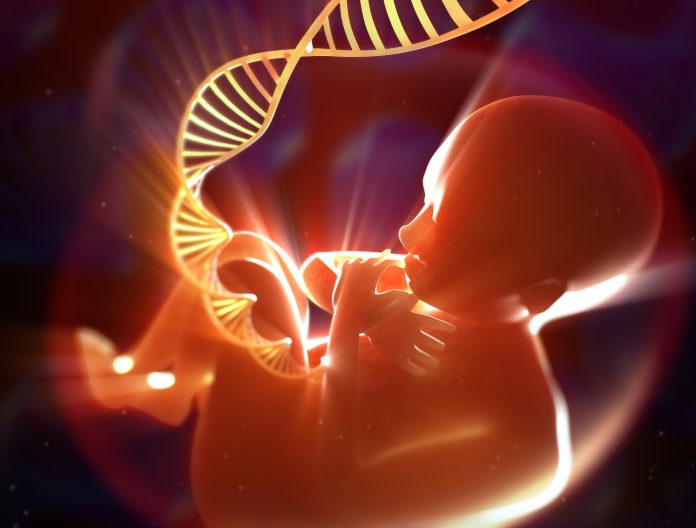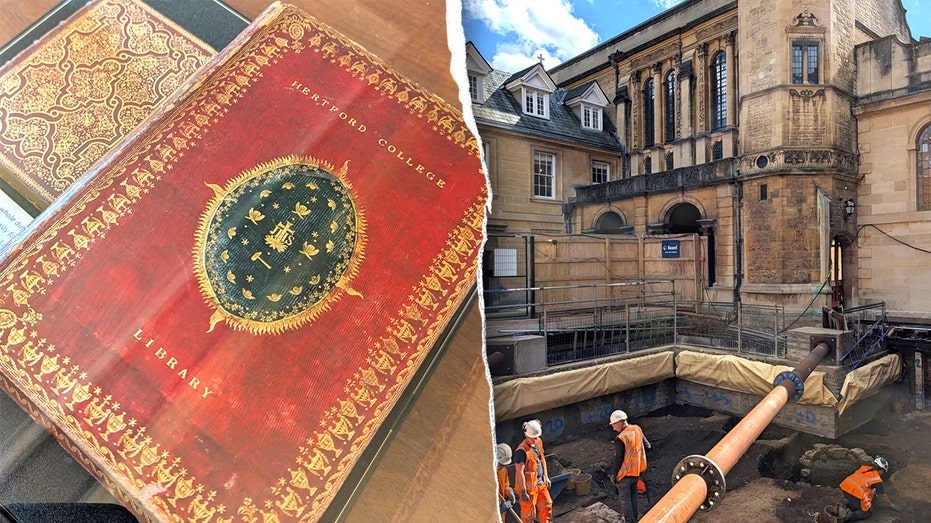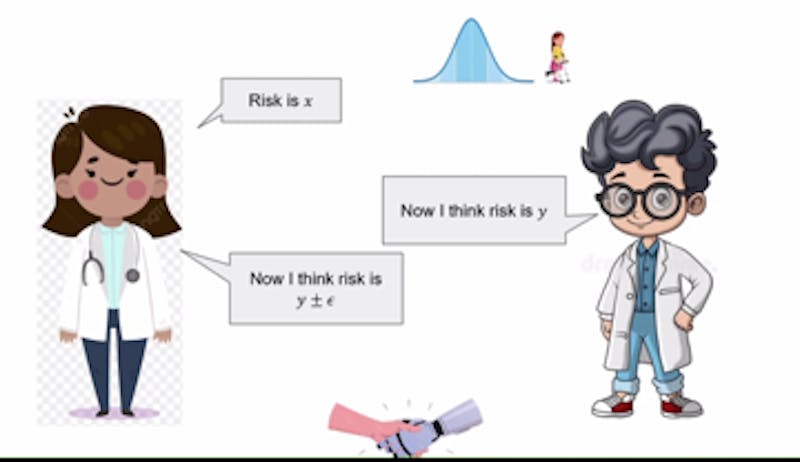Researchers at the KTH Royal Institute of Technology have developed what they describe as the “most comprehensive spatiotemporal atlas of first-trimester human heart development to date.” Their findings, published in the journal Nature Genetics, detail the intricate cellular dynamics and gene expression patterns during the late first and early second trimesters of fetal heart development. This groundbreaking work may enhance prenatal care and lead to improved treatments for congenital heart defects.
The study, titled “Spatiotemporal gene expression and cellular dynamics of the developing human heart,” presents a detailed blueprint of heart formation, illustrating how various cell groups interact and arrange themselves as the heart develops. According to Enikő Lázár, MD, PhD, a postdoctoral researcher at KTH and one of the lead authors, the research highlights how critical components of the heart, such as the pacemaker system and heart valves, are formed and function during these early stages.
Understanding the heart’s architectural development is vital, as it could significantly inform prenatal care practices. By recognizing how defects like holes between heart chambers or valve deformities arise, medical professionals can better address these issues.
Among the study’s notable discoveries is the identification of a previously unknown group of cells that produce adrenaline, termed neuroendocrine chromaffin cells. Lázár notes that these cells may be unique to humans and could enhance the heart’s ability to respond to low oxygen levels during critical periods of development or birth. Their role in the fetal heart’s response to stress may also indicate a potential cellular origin for cardiac pheochromocytomas, rare tumors that arise within the heart.
Insights into Cardiac Structure and Function
The research also reveals significant diversity among the cells that constitute the heart valves and the atrial septum. This diversity is crucial in understanding how the heart’s internal structures develop and why congenital defects, such as valve malformations, occur. The researchers identified a range of supporting cells, known as mesenchymal cells, which provide structural scaffolding for the heart. These cells may also play a role in diseases associated with valve defects or arrhythmias.
Additionally, the study delineates the precise wiring of cells forming the heart’s natural pacemaker and conduction system, including the sinoatrial node and Purkinje fibers. The research tracks how nerve cells and support cells integrate into the heart, emphasizing that different types of neurotransmitters begin to influence heart function early in development.
Despite these advancements, the researchers acknowledge limitations in their study. They note that the developmental timeframe examined does not encompass the first two weeks of cardiogenesis, during which many genes related to congenital heart disease become active. They suggest that increasing the sample size could enhance the resolution of their analysis and allow for further validation of identified cell populations. Integrating multi-omics data could also enrich the understanding of cardiac development.
Interactive Resource for Further Research
The findings from this study are accessible through an interactive online tool designed for researchers interested in the specifics of heart development. The authors believe their datasets could provide novel insights into aspects of early cardiogenesis not fully explored in this research. They aim to create a spatiotemporal reference for early gene expression patterns associated with congenital heart diseases, serving as a benchmark for human pluripotent stem cell-derived cardiac models that often mimic embryonic characteristics.
This research marks a significant step forward in understanding the complexities of fetal heart development, with the potential to inform future medical practices aimed at preventing and treating congenital heart defects.







